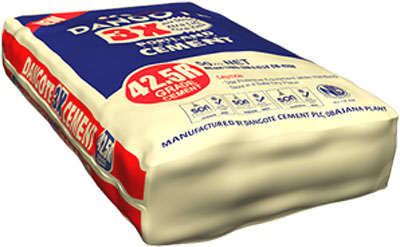PZ Cussons closed its first quarter trading at the end of August with sales revenue looking up for the second year. The conglomerate achieved the strongest growth in sales revenue in five years in its last financial year ended May 2017. However the strength in profit performance seen in the prior financial year is out of the way so far in the current year.
The improvement in revenue was insufficient to deliver profit at the end of the first quarter. The company had grown after tax profit by more than 82% in the last financial year, a substantial recovery from a profit drop of 53% in the preceding year. Will the company sustain profit recovery or lose the momentum once again this financial year is the question mark on PZ Cussons.
This year looks like another year of a sharp profit fall for PZ Cussons in line with its random walk pattern of profit performance. The company is experiencing increases in major cost lines and each claimed an increased proportion of sales revenue in the first quarter.
Sales revenue amounted to N18.90 billion at the end of the first quarter in August 2017, a year-on-year growth of 12.8%. Sales revenue growth is expected to pick up in the subsequent quarters in line with the company’s pattern. It is expected to gross over N90 billion at full year. That will be an increase of 13% in turnover for the company at the end of its current financial year in May 2018.
Advertisement
PZ Cussons recorded an increase of 14.6% in sales revenue in the 2017 financial year, the strongest revenue growth since 2013. The company’s management is confident that the initiatives it has implemented to position the company as a truly customer care organisation is going to sustain and possibly reinforce sales volume growth. The company has integrated its supply chain processes and sales functions to achieve a single structure across markets and regions globally.
Cost of sales rose ahead of turnover at close to 18% in the first quarter and eroded gross profit margin. An increase of 3.6% in gross profit means that much of the additional sales revenue realised could not be converted into profit. Gross profit margin declined from 34.5% in the first quarter of last year to 31.7% this year.
Selling/distribution cost was flat over the period but administrative expenses grew more than three times faster than sales revenue and caused a drop of 16% in operating profit.
Advertisement
Exchange losses remain a problem for the company, which continues to constrain profit performance. Despite a 62% drop year-on-year at the end of the first quarter, foreign exchange losses nearly consumed the entire operating profit.
Finance expenses also remain a problem spot on the cost-income structure of the company – surging ahead by 267% in the first quarter. Sales revenue could not cover finance expenses fully, meaning that a new borrowing had to happen for the company to service existing debts during the period. Drops in both other income and interest income during the review period added to the earnings strain the company faced in its first quarter operations.
PZ Cussons ended the first quarter trading at a net loss of N123 million, which nevertheless represents a significant improvement from a much bigger loss of N1.59 billion in the same period last year. The company achieved a major rebound in after tax profit in the 2016/17 financial at an increase of 82.6% to N3.89 billion after dropping from N4.57 billion in 2015 to N2.13 billion in 2016.
The more critical quarters for the company in terms of profitability are still ahead with a good chance of returning to profit in the course of the financial year. The company is expected to reinforce revenue performance in its 2017/18 financial year but balancing costs and earnings to deal with major rising costs and show a good margin of profit is the challenge facing the company’s management this financial year.
Advertisement
The company lost 3 kobo per share at the end of the first quarter, down from the 40 kobo loss per share in the same period last year. It earned 98 kobo per share at the end of the last financial year and paid out a cash dividend of 50 kobo per share to shareholders.
Add a comment







